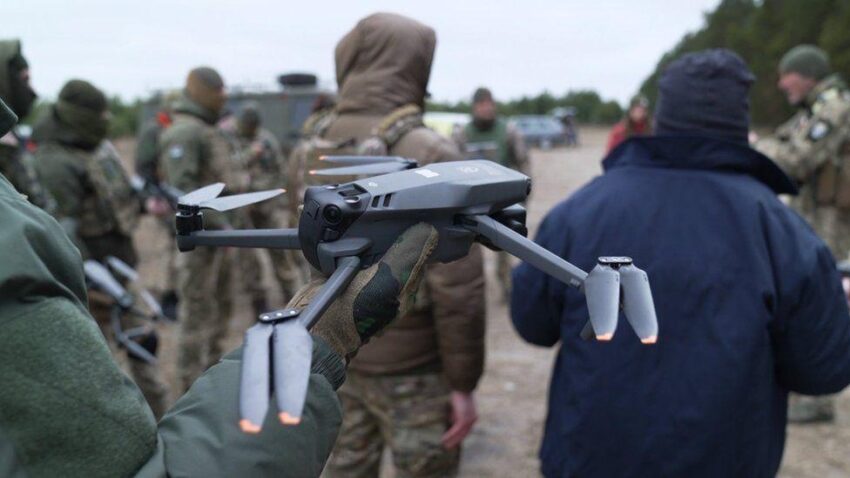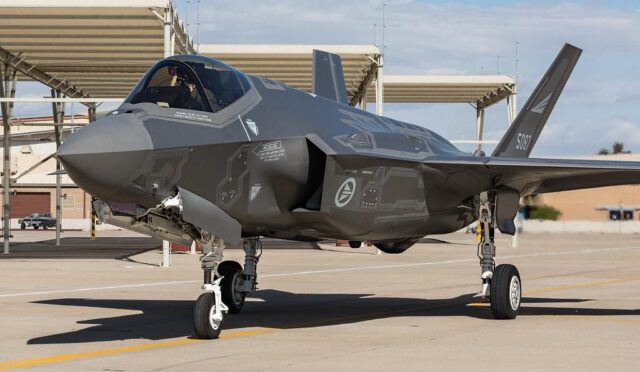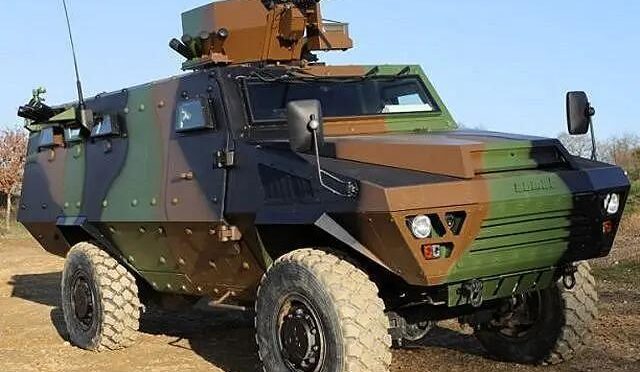Ukrainian Drones: New Developments to Replace Mavic
Ukraine is making strides in drone technology by developing upgraded models inspired by the Chinese-made Mavic drone. This initiative comes in response to export restrictions imposed by Beijing, which have significantly impacted Ukraine’s ability to procure essential drone components. According to Mykhailo Fedorov, Ukraine’s Minister of Digital Transformation, three newly designed drones are now operational on the front lines, specifically engineered to align with NATO standards.
Originally, the Mavic drone, produced by DJI, was popular for personal and commercial applications. However, it quickly found a place in military operations due to its practical design. Recent export limitations from China have hindered Ukraine’s access to critical components like motors and batteries, leading to supply shortages. Furthermore, the high attrition rate of Mavic drones, with reports of losses reaching five units daily, has intensified the urgency for Ukraine to develop its own alternatives.
The Need for Ukrainian Alternatives
The Mavic drone has gained a reputation at the front lines for its simplicity, effectiveness, and affordability. Fedorov emphasized the challenges posed by importing these drones, making the development of a local equivalent a pressing concern for Ukraine. This strategic pivot not only aims to enhance self-sufficiency but also to ensure a reliable supply of drones for military operations.
In light of these challenges, Ukraine is focused on ramping up production capabilities to fully replace the Mavic systems. The new Ukrainian drones come equipped with advanced features such as integrated communication systems, automatic landing, and a ‘return to home’ function. Notably, these drones are designed to resist Russian electronic warfare tactics, a significant advantage over their Chinese counterparts.
Introducing the Shmavik and Ukropter Drones
Among the new Ukrainian models is the Shmavik, developed by Reactive Drone. This drone boasts an operational time of up to one hour, a range of 9.3 miles (approximately 14.9 kilometers), and a payload capacity of 2.2 pounds (0.9 kilograms). Such specifications are tailored to meet the diverse needs of military operations, providing a robust alternative to existing options.
Another innovative drone, the Ukropter, created by Bravery Invest, offers even greater payload capabilities—exceeding 4 pounds—with a flight duration also reaching 60 minutes. Additionally, the Ukropter can attain speeds of 46 miles (74 kilometers) per hour, closely matching the performance of the latest Mavic models while offering increased payload capacity.
The ZOOM Drone: A New Contender
Adding to the array of alternatives is the ZOOM drone from Frontline, which stands out for its advanced features including a visual navigation module. This technology allows the ZOOM to operate without direct control from an operator, enhancing its usability in various conditions.
The ZOOM drone can ascend to altitudes of 200 meters (656 feet) and is equipped with automated takeoff and landing capabilities, making it a versatile tool for military operations. With these advancements, Ukraine is positioning itself to not only meet immediate operational needs but also to build a sustainable future in drone technology.







